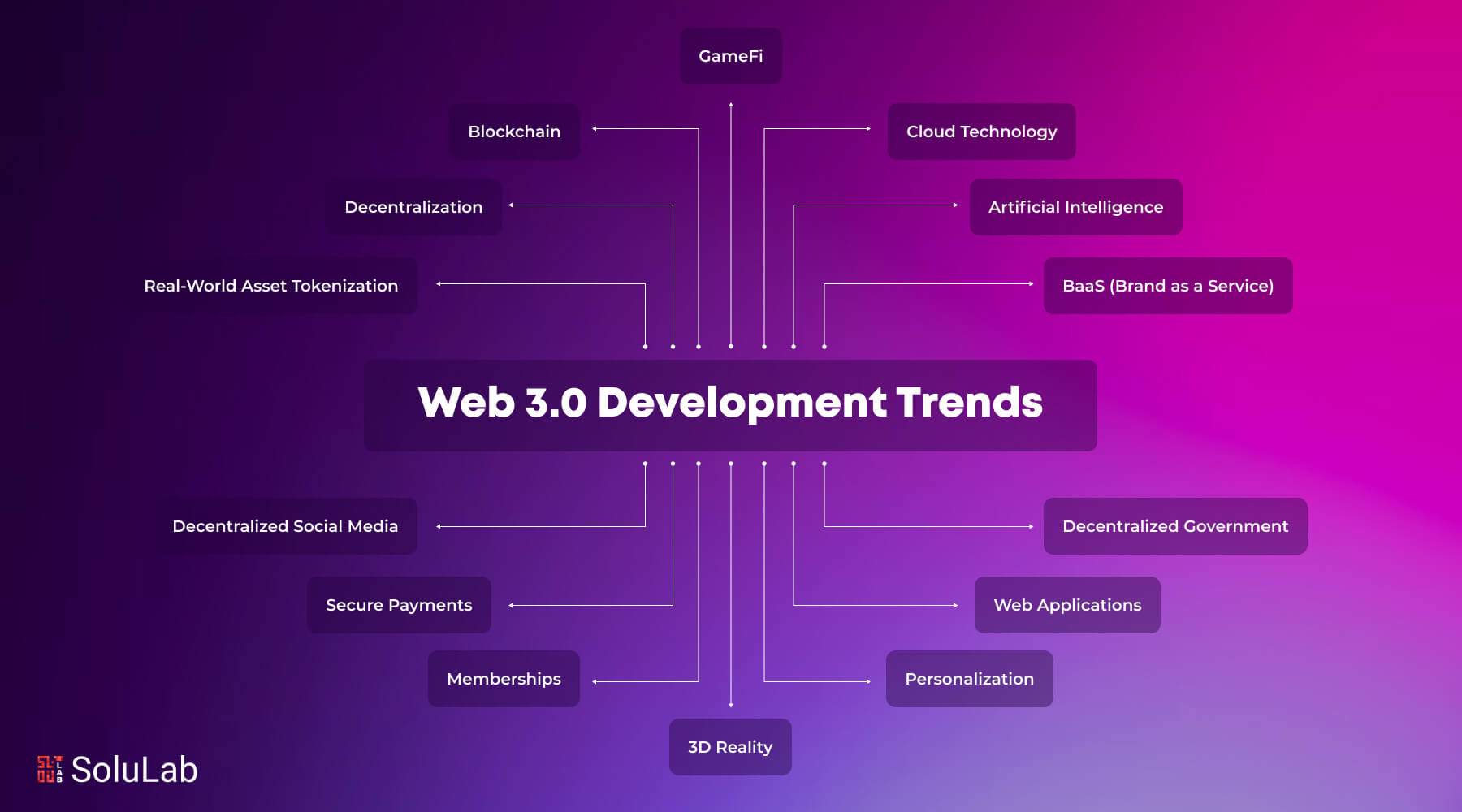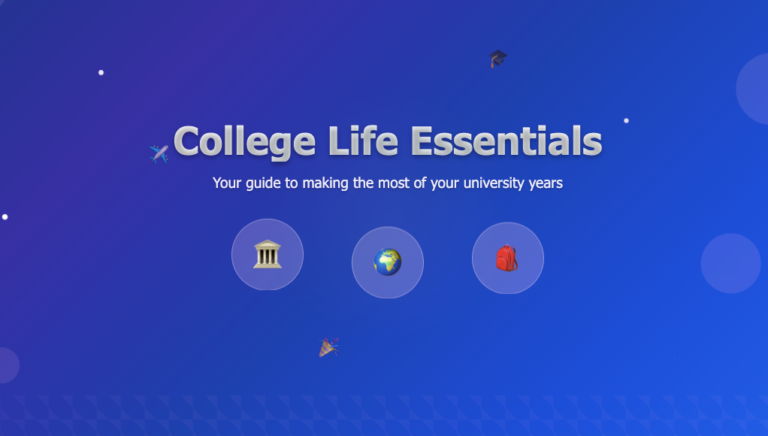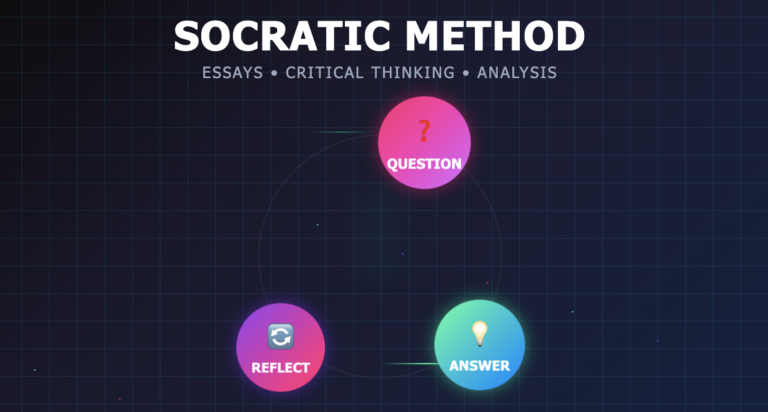
In 1993, the advent of the first World Wide Web access to the nascent information network provided a free and user-friendly interface. This triggered a wave of euphoria and societal transformations. Three decades later, Web 3.0 emerged, igniting a similarly enthusiastic response. Intrigued by its creative nature, individuals eagerly explore its potential. To satisfy this curiosity, this article highlights the defining characteristics of Web 3.0 and outlines the latest trends shaping its development. The increasing interest in Web3 is evident from its market capitalization of $27.5 billion, indicating the potential for profitable investments. According to marketsandMarkets, the worldwide Web3 market is projected to reach $5.5 billion by 2030, exhibiting a remarkable compound annual growth rate (CAGR) of 44.9% from 2023 to 2030. In 2022, a substantial portion of finance applications, approximately 46%, leveraged Web3 technology, as reported by Tntra. North America dominates the global Web3 market, capturing a significant 37% of its revenue, as per Grandview research.
What Can We Expect in Web3 in 2024?
Web3 is continuously changing the Internet, defined by blockchain technology. As a decentralized ecosystem, it promises enhanced security, trust, and privacy for users. Web 3 Development Trends integrates technologies such as machine learning, decentralized ledger technology, and big data, allowing websites and applications to process information more intelligently, resulting in a more user-friendly and efficient experience.
Until recently, control over data appeared futuristic. However, Web3 has made it a reality, prioritizing its users’ needs beyond personalized interfaces. It disrupts business models, leaving an enduring mark on the emerging world of democratized technology.
Top Web3 Trends in 2024
Undoubtedly, Web3 holds immense potential. Despite the plethora of promising possibilities, the present realities of Web3 often go unnoticed. In this section, we seek to highlight the core characteristics of Web3 by presenting 20 significant industry Web 3.0 trends. Through this exploration, we offer a glimpse into both the current state and future trajectory of Web3.
1. GameFi
Absolutely! Gaming and finance can certainly coexist. While gaming has traditionally been associated with entertainment, it has evolved to offer tangible real-world benefits. Web 3.0 development represents a remarkable shift in the gaming industry, artfully blending entertainment with finance. This trend gained significant momentum in 2024, with games like “EtherQuest” spearheading the movement. Within these captivating virtual worlds, players are rewarded for their achievements with valuable cryptocurrencies. This approach not only enhances player engagement but also introduces unparalleled economic models, ushering in a new era of immersive gaming experiences with intrinsic economic value.
2. Real-World Asset Tokenization
In 2024, the tokenization of real-world assets will soar to unprecedented levels, merging physical and digital assets. Properties, artworks, and even corporate debt will become more accessible and liquid due to blockchain technology, unlocking untapped markets for a broader range of investors. This democratization of investment opportunities will provide diversification and liquidity to portfolio management. Picture owning a piece of the art or property market without requiring a vast fortune. This tokenization trend allowed traditional investment strategies, making previously exclusive markets inclusive and accessible. What is Web3 development facilitates this transformation, driving the integration of blockchain technology into diverse asset classes.
3. Identity Verification and the Expanding Horizons of NFTs
NFTs, initially recognized solely as digital art collectibles, have ventured beyond their initial domain, venturing into novel domains such as identity verification, intellectual property rights management, and supply chain tracking. The year 2024 witnessed NFTs evolving beyond their role as mere collectibles, showcasing their transformative potential across diverse industries. Imagine NFTs as a digital passport authenticating your identity or a comprehensive tracking system monitoring products from their creation to their arrival at your doorstep. Web 3.0 use cases like these highlight how NFTs are traditional processes and open up new possibilities.
4. The Flourishing Creator Economies
In 2024, the growth of social tokens and blockchain technology will bolster the creator economy. Content creators, artists, and influencers will harness blockchain tech to issue personalized tokens with their own branding, enabling direct investment from their fanbase. This shift empowers creators to monetize their content and engage with their audience on their own terms. It presents a novel way to support beloved content while granting creators the freedom to excel in their craft. These developments are among web3 applications examples showcasing how blockchain is transforming various aspects of the digital economy.
5. Decentralization
At the core foundation of Web3 lies the concept of decentralization. Unlike its predecessors, Web 3.0 seeks to empower users and network builders by decentralizing governance, transactions, and infrastructure. This decentralization implies that no central authority controls users’ activities, but rather the control is distributed among builders and users. This is a stark contrast to the current Internet, which is primarily owned and controlled by centralized entities. The decentralization in Web3 will be achieved through crucial infrastructure components such as storage in a resilient global network, making it resistant to control or takedown by any single entity or individual. By doing so, Web3 aims to restore users’ trust in the Web, allowing them to confidently communicate, create, and explore within the digital space. This shift represents a significant Internet Web 3.0 Development Trend that could redefine the future of online interactions.
6. Blockchain
At the core of Web3’s decentralized nature lies blockchain technology, widely regarded as the cornerstone of Web 3.0. Its transformative capabilities in the backend of the web, particularly in data structures, have made it a game-changer in conventional data storage and management methods. Blockchain empowers Web3 users to seamlessly engage with numerous online services through a peer-to-peer network environment. The technology introduces a distinctive state layer that is collectively managed, eliminating the need for intermediaries and facilitating efficient peer-to-peer transactions while ensuring data integrity and protection. These advancements exemplify key Web 3 Development Trends shaping the future of digital interactions.
7. Artificial Intelligence
On the Web, the initial imprints of Artificial Intelligence (AI) are already prominent. AI holds great promise for creating a user-centric digital environment that prioritizes user experience. With this technology, intelligent machines can be created, capable of mimicking human behavior, addressing technical issues without the need for programming, and gaining knowledge through experience. AI empowers Web3 users by providing faster and more precise information, enabling them to make informed decisions and navigate decentralized platforms effectively. Furthermore, AI algorithms enhance search engines, recommending web content based on individual user preferences, resulting in highly personalized experiences. These advancements reflect significant Web 3.0 Development Trends that are shaping the future of the digital.
Read Also: Use Cases Of AI Agents
8. Cloud Technology
In Web3, cloud technology plays a pivotal role, the way information is consumed and utilized. Primarily employed for data storage, cloud computing allows users to entrust their data to third-party cloud operators. This eliminates the need for local storage and enables remote access, transforming workflows and enabling global accessibility to applications and information. The effects of cloud technology extend beyond data storage, as it also empowers users to rent computing resources, facilitating the training of machine learning models. These developments are part of broader Web 3.0 trends that are significantly altering practices, habits, and skills associated with information and data usage and management.
9. BaaS (Brand as a Service)
Blockchain technology offers creative opportunities for businesses through the creation of their own NFTs. While banks are essential in facilitating financial interactions in regulated industries, Web 3.0 development is expanding blockchain’s applications beyond just cryptocurrencies and NFTs to include secure transactions. Blockchain’s potential for small businesses is significant, and its adoption is likely to become widespread over time.
Related: Benefits of Blockchain-as-a-Service
10. Low Code Solution
At its core, Web3 prioritizes serving its users, with its services and features designed to achieve this goal. On the other hand, low-code development offers an approach to software creation that minimizes the necessity for extensive coding. Rather than relying solely on text-based programming, low-code development employs visual programming tools, such as drag-and-drop interfaces and API integrations. This approach significantly simplifies the software development process, allowing users of all skill levels to effortlessly modify and enhance software features. Understanding what is Web3 development helps in integrating such advancements into a user-friendly framework.
11. 3D Reality
Web3 technology is to online experiences by introducing immersive 3D environments that offer an unparalleled sense of realism. The Metaverse, powered by Web3, will enable users to engage in a wide range of activities, from playing games and socializing to attending live 360-degree virtual events and consuming educational content in novel and engaging ways. Additionally, users will have the ability to create and customize their own avatars, allowing for a truly personalized experience. The Metaverse represents a new frontier, a blank canvas for creativity and innovation. Its potential for growth is limitless, as it opens doors to experiences beyond what is currently accessible. Web 3.0 Use Cases like these highlight how Web3 is at the forefront of this transformation, leading the charge toward a future where virtual worlds seamlessly intertwine with our own.
12. The Rise of NFTs in the Fashion World
The rise of NFT collections is fashion, bridging the gap between physical and virtual domains. These collections enable the connection of physical products with digital collectibles, offering various forms of fashion NFTs. Virtual garments for avatars in virtual environments, interactive digital content, and digital replicas of physical items are among the popular formats. The integration of NFTs into their product lines and marketing campaigns has been embraced by several luxury fashion brands. Notable web3 applications examples include Dolce & Gabbana, Gucci, Louis Vuitton, and Burberry. This integration has opened up new possibilities for fashion enthusiasts to engage with their favorite brands and products in great ways.
13. WEB3
The Metaverse is a captivating virtual domain that mirrors the intricacies of our real world. It introduces a plethora of advantages, enabling businesses to establish authentic workplace environments that closely resemble their physical counterparts. Employees are represented by avatars, facilitating seamless communication, meetings, and conferences. This immersive web3 platform offers a more convenient reflection of our daily lives, accessible with just a click. With the advent of Web3, the Metaverse has various industries by allowing individuals to seamlessly transition their offices to the comfort of their own homes, embodying the Internet Web 3.0 Development Trend.
14. Decentralized Social Media
In the Decentralized Web3 ecosystem, digital assets and decentralized identities act as a bridge, connecting influencers and companies. Conversely, Web3 social media platforms empower influencers and brands with diverse channels to reach their customers, significantly boosting their visibility. This enhanced exposure leads to a more engaging experience for fans, ultimately driving increased profits. Notably, the non-fungible tokens (NFTs) offered by decentralized social media platforms implement improved monetization systems, guaranteeing fair pricing for content creators.
15. Secure Payments
Web3 payments, a form of decentralized finance (DeFi), leverage secure ledgers for seamless money transfers. Facilitating direct transactions between users, these payments eliminate intermediaries, upholding the platform’s privacy and democratic principles. Web3 enables swift, secure, and anonymous money transfers. Individuals can send funds to others without enrolling in financial services, bypassing the bureaucratic hurdles commonly associated with financial transactions.
16. Proof of Reserves
In Web3, users’ trust in crypto exchanges to protect their assets is crucial. Proof of Reserves has been utilized as an effective audit mechanism to validate that exchanges possess the necessary reserves to back user deposits and liquidity. While Proof of Reserves has proven valuable in this regard, certain exchanges have evaded their responsibilities by solely disclosing their crypto holdings. Consequently, a novel trend in Web3 is emerging, centering around the development of Proof of Liabilities. This new approach aims to bolster trust in centralized exchanges and serve as a complementary measure to Proof of Reserves, by addressing the liabilities that some exchanges have skirted.
17. Memberships
Introducing NFT memberships, a novel approach for brands to showcase exclusivity and reward loyal customers. These memberships grant access to exclusive communities, events, and organizations. Unlike traditional cryptocurrencies, NFTs represent unique, non-interchangeable assets. The NFT membership model has the potential to how individuals access and own digital assets. It streamlines access to digital items like artwork or games, while also facilitating secure and efficient transfers between NFT users. This membership-based system enables brands to simplify the process of accessing digital assets and enhances the security and efficiency of transactions within the NFT ecosystem.
18. Personalization
Web3 technology combined with virtual experiences creates a new level of personalization, offering unique insights for tailored experiences. Blockchain technology will significantly impact advertising and marketing in the future. Companies can enhance data management, gain deeper audience interaction insights, and foster meaningful customer relationships through its decentralized ledger technology. By leveraging on-chain data, user behavioral profiles can be developed with remarkable accuracy, allowing for the creation of highly customized and delightful experiences. Furthermore, NFTs have transformed from mere commerce tools to representations of an individual’s identity.
19. Web Applications
Web3 empowers web developers with solutions, facilitating seamless integration and interaction among diverse web pages and technologies. It enables the creation of web-based APIs that seamlessly connect to blockchain-based technologies, opening up new opportunities for building sophisticated web applications. Web3 promotes secure communication and data exchange between web pages, simplifying and streamlining data-sharing processes. Moreover, Web3 technology boasts enhanced scalability, ensuring that websites with significant user bases can effortlessly manage high traffic volumes without compromising performance.
20. Decentralized Government
In the era of Web3 technology, Decentralized Autonomous Organizations (DAOs) have emerged, providing a democratic, resilient, and efficient governance model. DAOs allow members to govern communities with equal rights and encourage diverse opinions in an unbiased environment. In the coming years, DAOs will likely be integrated into various applications, such as social media, gaming, and DeFi protocols, influencing governance models beyond the virtual domain. Although decentralized governance is currently limited to Web3, it sets a high standard for democracy. The impact of Web3 on societal perceptions of governance is to be long-lasting.
What is the Future of Web3?
Web 3.0 blockchain is hovered to upgrade multiple industries. With its proven effectiveness in safeguarding cryptocurrencies and NFTs, it is now reason to expand its reach in tokenizing applications. While commonly associated with virtual reality, Web 3.0 Development Trends offer a broader array of transformative solutions.
Web 3.0 encapsulates new protocols for data usage and protection, enabling faster and more efficient information processing while enhancing transparency. This transformative technology will have a profound impact on business operations, blurring the lines between the technology itself and the core activities of specific sectors.
As Web 3.0 Development Trends continue to grow, distinguishing their influence from the day-to-day operations of various industries will become increasingly challenging. Its pervasive presence will touch almost every aspect of business, ushering in a new era of innovation and progress.
Conclusion
As the Digital era is growing, Web 3.0 Development Trends are set to redefine the internet’s future. The transition from Web 2.0 to Web 3.0 signifies a shift towards decentralization, enhanced user control, and use cases. Web 3.0 development trends such as blockchain integration, decentralized finance (DeFi), and non-fungible tokens (NFTs) are paving the way for a more secure and transparent digital environment.
Understanding what is web3 development and its applications is crucial for businesses looking to stay ahead. Web 3.0 use cases range from decentralized applications (dApps) to smart contracts, offering countless opportunities for innovation. Real-world web3 applications examples highlight the potential for industries to transform their operations and interactions. As we explore web3 trends, it becomes clear that the future of the Internet lies in a more interconnected and user-centric ecosystem.
At SoluLab, we are at the forefront of this technological revolution, offering comprehensive Web 3.0 development services. Our expertise ensures that businesses can leverage the latest Web 3.0 trends to stay competitive and innovative. Whether it’s developing decentralized applications or exploring the future of web3, SoluLab is your trusted partner in navigating the complexities of this new digital era.
FAQs
1. What are the current Web 3 Development Trends?
Web 3 Development Trends include blockchain integration, decentralized finance (DeFi), non-fungible tokens (NFTs), and enhanced user privacy and control.
2. What are some notable Web 3.0 Development Trends?
Notable Web 3.0 Development Trends involve the rise of decentralized applications (dApps), smart contracts, and the increased use of blockchain technology for transparency and security.
3. What is Web 3.0 development?
Web 3.0 development refers to the creation of decentralized web applications and platforms that emphasize user control, data privacy, and blockchain-based interactions.
4. What are the key Web 3.0 Use Cases?
Key Web 3.0 Use Cases include decentralized finance (DeFi), digital identity verification, supply chain management, and the creation and trading of non-fungible tokens (NFTs).
5. Can you give some web3 applications examples?
Examples of web3 applications include decentralized exchanges (DEXs), blockchain-based social media platforms, NFT marketplace development, and decentralized autonomous organizations (DAOs).
6. How will Web 3.0 trends shape the future of the Internet?
Web 3.0 trends will shape the future of the Internet by enabling greater user control over data, fostering decentralized economies, and promoting transparent and secure online interactions.






